Since the NAFOSTED Foundation agreed to let Associate Professor Dinh Cong Huong withdraw from the mathematics science council, the debate about "buying and selling" scientific articles that took place more than 3 years ago has returned.
In this article, we would like to point out some consequences of some 'ringleaders' of the foreign science mafia network taking the lead in collecting thousands of articles of all kinds from all over the world and selling them to universities in Vietnam to serve the purpose of creating fake scientific achievements for these schools (this phenomenon was previously warned about in Thanh Nien newspaper, September 1, 2020).
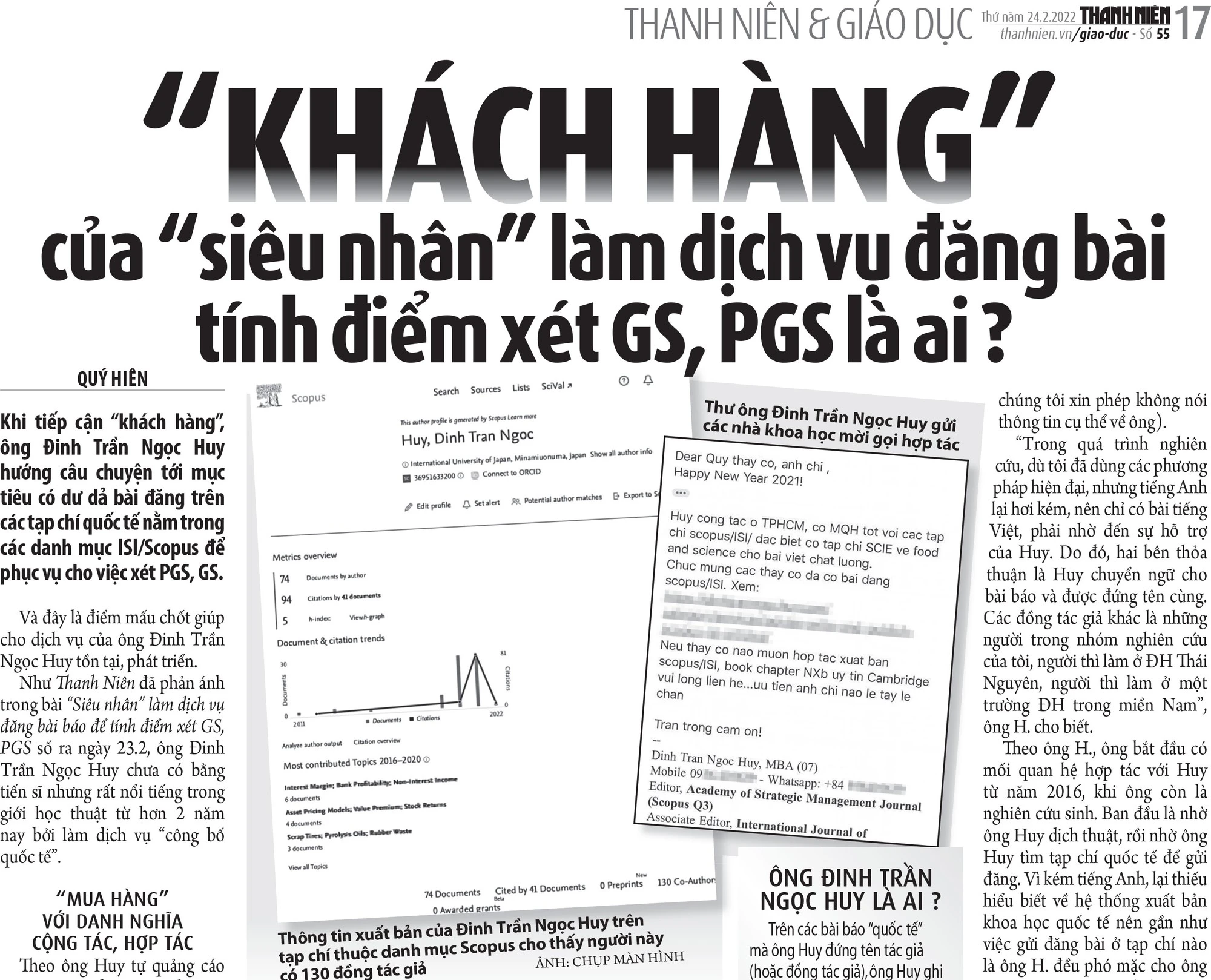
Thanh Nien Newspaper has published many articles reflecting the situation of buying and selling scientific articles.
Buy articles to resell?
In the market for buying and selling scientific articles, in addition to the direct buying and selling relationship between the buyers, which are universities that need to be promoted, and the sellers, which are researchers, some people have acted as intermediaries to "buy and sell" for profit. Instead of spending effort on research, publishing articles and selling them to universities that buy articles for bonuses, a simpler, more effective and productive way is to buy articles from fake article factories and then sell them to universities.
Recently, the journal Engineering Analysis with Boundary Elements under Elsevier has removed an article whose first author was Dr. LNBQ (D. University). The reason for the removal of the article was that after publication, the journal's editorial board discovered suspicious changes in the author list when comparing the original manuscript with the revised version. In addition, an article with six keywords identical to the keywords in the article by this group of authors had been advertised for author positions for more than a month before. This raises the suspicion that Dr. Q. paid to become the first author of this article.
In 2023, up to now, Dr. Q. has published 20 articles with the address of D. University, most of them as first author or corresponding author. Previously, this person had never published any articles. Although Dr. Q. is listed as a lecturer at the Faculty of Pharmacy of the university, in fact, she is a pharmacist working in the US. All of Ms. Q.'s articles were published in engineering journals, unrelated to her expertise. The co-author with Ms. Q. in most of the articles is Iskander Tlili, a ringleader who sold hundreds of articles to several universities in Vietnam as reported by Thanh Nien Newspaper. All 20 articles Ms. Q. published were most likely purchased from Iskander Tlili's gang.
Iskander Tlili himself recently had an article removed from the International Journal of Numerical Methods for Heat & Fluid Flow over concerns about author lists and compromised peer review processes. In that article, Iskander Tlili was the corresponding author, using the address of T.
Engineering with Computers also recently removed an article by the author Mostafa Habibi (whose address is listed at D. University, although his name is not on the university’s staff list) for plagiarism and attempting to circumvent the peer review process. Prior to publication, the authorship of this article was advertised for sale on an Iranian article-selling website.
Not long ago (August 18), the journal Digital Scholarship in the Humanities removed an article by the corresponding author Mohammad Reza Mahmoudi (who listed the addresses of T. University and Fasa University in Iran) and another co-author because the peer review process of this article was manipulated and compromised. Another article by Mahmoudi was also removed by the same journal two months earlier on the grounds that the publishing process was manipulated and compromised. In the second retracted article, although Mahmoudi only listed the address of Fasa University, one of the co-authors, a Ph.D.KH, listed the address of T. University. Before publication, the author positions in both articles were advertised for sale on the website of a Russian paper mill. Regarding the article "Which scientists are suspected of buying and selling papers from the Russian 'workshop'?", Thanh Nien Newspaper has published an article reflecting on these articles (issue dated November 24, 2022).
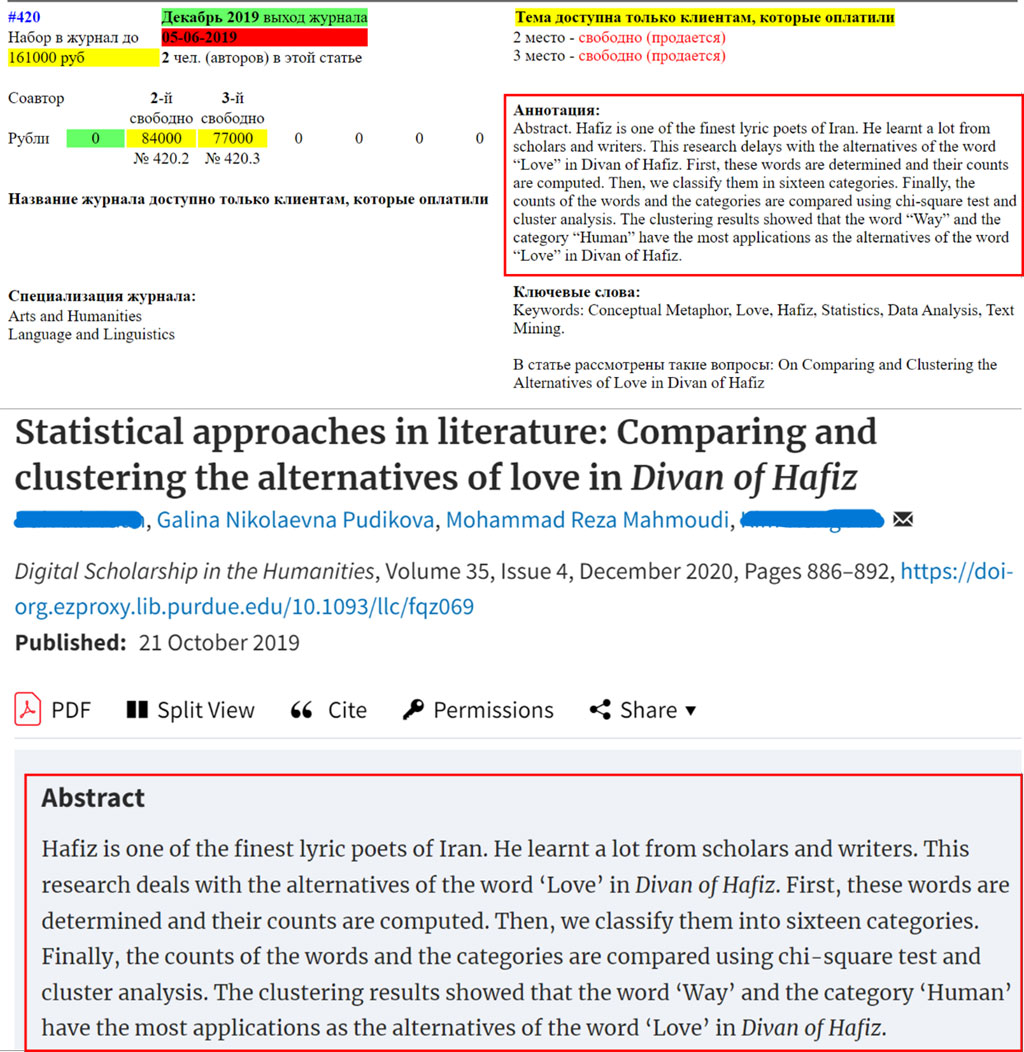
A screenshot of the 123mi.ru website (top) shows an article that was put up for sale months before its publication in the journal Digital Scholarship in the Humanities on October 21, 2019 (bottom).
Ghost author, virtual staff
In addition to the form of foreign brokers selling articles directly to schools that need to buy articles to create fake achievements, brokers also create fake names, whose identities cannot be identified to avoid attention when selling too many articles under the same name; or for the purpose of selling one article to many schools at the same time, in which the broker himself is in the name of one school, and the fake name is in the name of another school.
Among the removed articles, there were quite a few “ghost” authors, meaning the authors did not exist and whose identities could not be determined. For example, in the removed article by Dr. LHNQ mentioned above, a co-author also listed the address of D. University (like Ms. Q.), as Zahra Abdelmalek. However, this person was not listed on the list of personnel of this school.
Zahra Abdelmalek has published a total of 52 articles, all of which are addressed to D. University: starting from 2020 with 33 articles, 11 articles in 2021 and 8 articles in 2023. Before publishing articles for this university, Abdelmalek had never published any articles. The place of work and origin of this person cannot be determined. The co-author with Abdelmalek in the most articles (17 articles) is the ringleader Iskander Tlili. It is very possible that Abdelmalek is just a fake name made up by Tlili to indirectly sell articles to this university after the ringleader's article-selling behavior was exposed in Thanh Nien Newspaper, forcing Tlili to limit or stop selling articles directly.
Another prominent case of ghost author is Narjes Nabipour, who was reported by Thanh Nien Newspaper for having 3 articles (with the address of D. University) withdrawn because of fake co-authors and some co-authors were secretly added to the article during the editing process of the manuscript.
Notably, Nabipour is an unidentified author. Since Nabipour's most familiar co-author is Shahaboddin Shamshirband, we cannot rule out the possibility that Nabipour is simply a fake name created by the 'retraction king' Shamshirband in order to sell a paper to multiple schools at once. Of the dozens of papers co-authored by Shamshirband and Nabipour, whenever Shamshirband listed the address of University T, Nabipour used the address of University D. Before selling hundreds of papers to these two schools, Shamshirband had nearly 50 papers removed for fraud, and ranked 13th on the list of people with the most retracted papers in the history of science, according to statistics from Retraction Watch .
When there is movement... erase traces
According to our records, every time a case of cheating is discovered, instead of taking responsibility for accountability and transparency, the way schools that buy papers handle it is to quietly erase the traces.
Indeed, more than a year and a half after Thanh Nien Newspaper exposed the accusation of forgery in scientific activities by Professor Tim Chen of T. University, the university has not given any response. The only thing the university has done so far is to delete information about the "Academic Activity on the topic "The Supervisor" by Professor Tim Chen" on October 29, 2018 from the university's website (in which the presentation slides of Professor Tim Chen were also plagiarized). Similarly, D. University has deleted all information about Ms. Q. from the university's personnel list after this case was reported by the press.
* The article is the author's personal opinion and does not reflect the views of the author's workplace.
Source link



![[Photo] Prime Minister Pham Minh Chinh starts construction of vital highway through Thai Binh and Nam Dinh](https://vphoto.vietnam.vn/thumb/1200x675/vietnam/resource/IMAGE/2025/5/12/52d98584ccea4c8dbf7c7f7484433af5)

![[Photo] Prime Minister Pham Minh Chinh works with the Standing Committee of Thai Binh Provincial Party Committee](https://vphoto.vietnam.vn/thumb/1200x675/vietnam/resource/IMAGE/2025/5/12/f514ab990c544e05a446f77bba59c7d1)
![[Photo] Prime Minister Pham Minh Chinh receives Swedish Minister of International Development Cooperation and Foreign Trade](https://vphoto.vietnam.vn/thumb/1200x675/vietnam/resource/IMAGE/2025/5/12/ae50d0bb57584fd1bbe1cd77d9ad6d97)




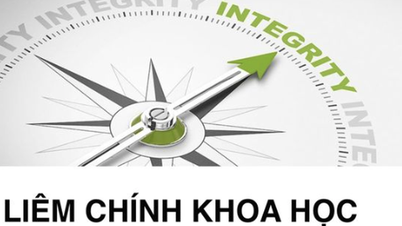
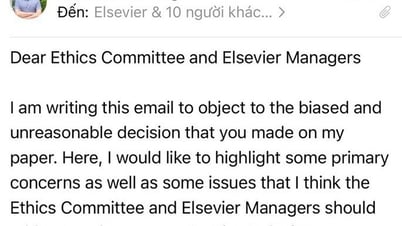
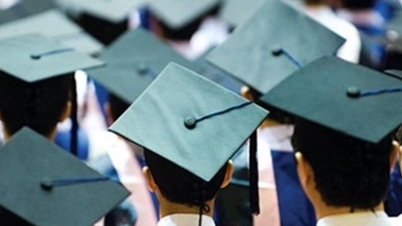

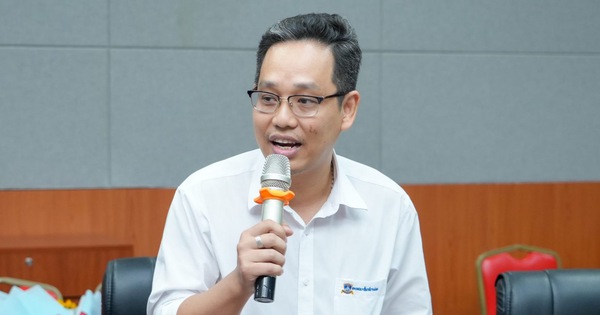
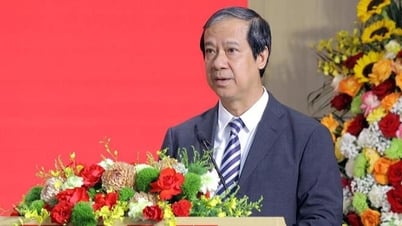

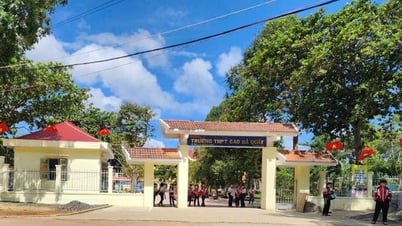
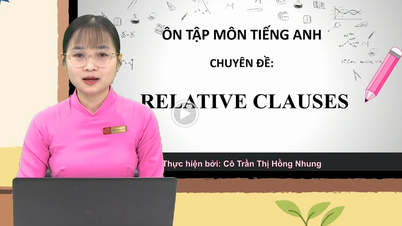
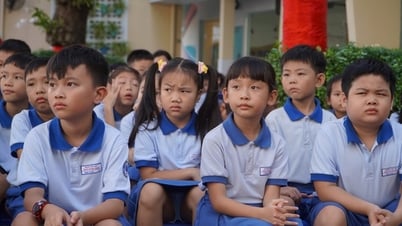








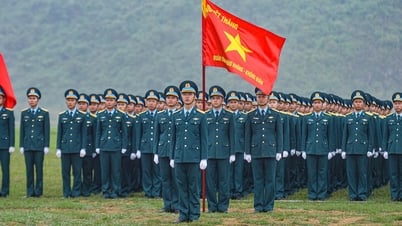

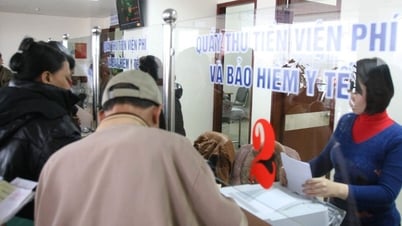




















































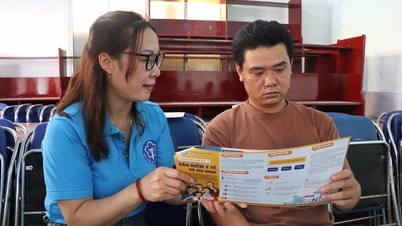
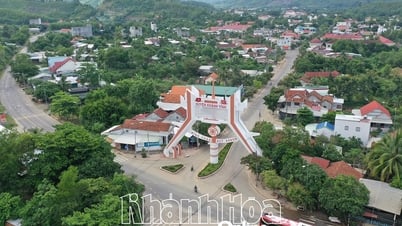











Comment (0)